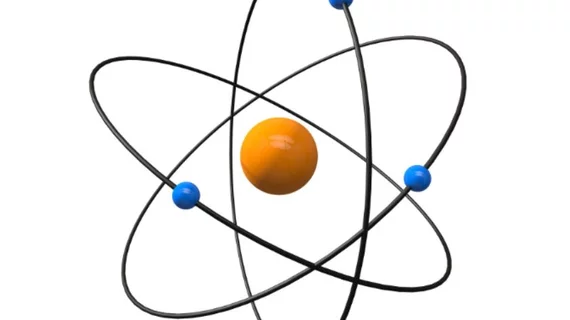Scientists harness MRI to image individual atoms
A team of scientists has harnessed the power of MRI to create a new technique capable of imaging an individual atom, according to a recent story published by the New York Times.
Christopher Lutz, a physicist at the IBM Almaden Research Center in San Jose, Calif., and colleagues took the power of an MRI scanner and applied it to the tip of a scanning tunneling microscope, which is only a few atoms wide.
Lutz, along with a team at the Institute for Basic Sciences in Seoul attached magnetized iron atoms to the tip of the microscope, and when swept over a metal wafer of iron and titanium it emitted a magnetic field disrupting the electrons—instead of protons like a typical MRI—distinguishing atoms from one another.
According to the story, the new creation could greatly increase computing power and even help diagnose illnesses with artificial intelligence.
“It’s a really magnificent combination of imaging technologies,” said A. Duke Shereen, director of the MRI Core Facility at the Advanced Science Research Center in New York, to the Times. “Medical M.R.I.s can do great characterization of samples, but not at this small scale.”
The study detailing the new technique was published July 2 in Nature Physics.
Click below for more.

